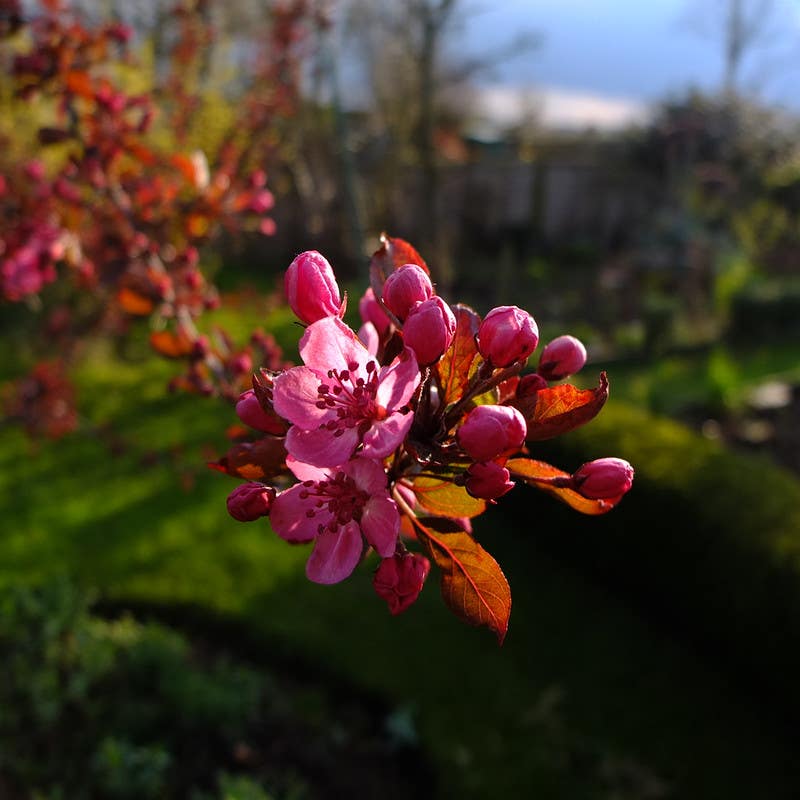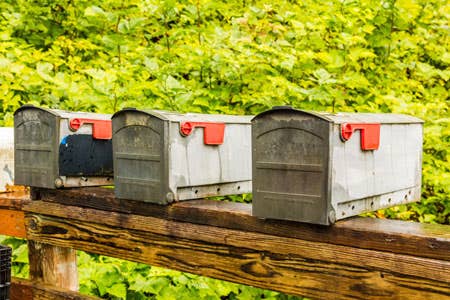Gardens of the Presidents: Thomas Jefferson’s Monticello
Thomas Jefferson’s Monticello offers useful and inspiring lessons for gardeners today. Below, Jefferson’s mountaintop garden delivers breathtaking views out beyond its tidy rows of edibles. Discover how the third president of the United States was also a garden scientist.
Thomas Jefferson’s Monticello offers useful and inspiring lessons for gardeners today. Below, Jefferson’s mountaintop garden delivers breathtaking views out beyond its tidy rows of edibles. Discover how the third president of the United States was also a garden scientist.
Words by Nancy Stamp, all photos Lew Stamp
Although best known as the principal author of the Declaration of Independence and the third president of the United States, Thomas Jefferson (1743–1826) was also a garden scientist who devoted himself to that role in his 15-year retirement at Monticello, his Charlottesville, Va. estate. There he kept his vegetable garden huge, but not only for the purpose of feeding everyone living at Monticello and his many visitors. Rather it was an experimental garden, with 330 cultivars representing 99 species of vegetables and herbs, tried out over his 50-some years of gardening and always with the goal of finding the few best among each species.
3 Ways to Garden Like They Do at Thomas Jefferson's Monticello
1. Capture microclimates in your garden to push the diversity of what you can grow. For instance, create more or less stored heat in soil for nearby plantings by capturing more or less sunlight with slopes and walls or even the side of a building.
2. Jefferson wasn’t just crazy about vegetables; his garden was fun in appearance. Even in a smaller vegetable garden, you can experiment over the years with aesthetics as well as taste and yield.
3. Just as Jefferson did, you can enjoy your vegetable garden by adding, for example, a bench, perhaps with an arbor for shade, and artfully take advantage of an existing vista or create a compelling background with ornamental trees and shrubs.
Visiting Monticello—Walk the President's Garden
Monticello
931 Thomas Jefferson Parkway, Charlottesville VA 22902
434-984-9800 | monticello.org
A National Historic Landmark and a UNESCO World Heritage site, Monticello is now a museum. With cultivars from the 18th and 19th centuries, its garden is a working one that displays different plantings through the growing season. You can find mature cold-hardy vegetables in May, such as peas, cabbage, beets and Mediterranean herbs such as lavender and rosemary, plus new spring plantings for summer harvest—beans, sweet potatoes, tomatoes and melons that begin to mature in July. Vegetables from a third planting of the season ripen in mid-fall. There are about 175 plantings in all.







